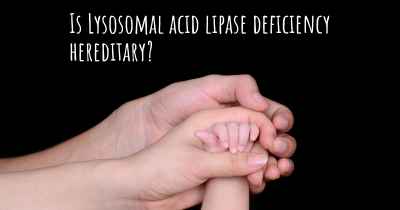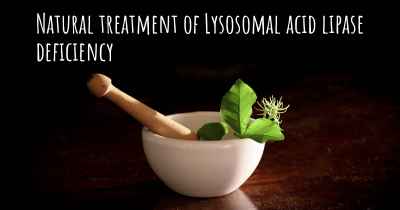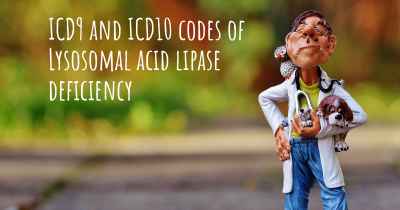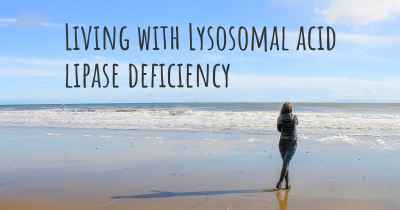Which are the causes of Lysosomal acid lipase deficiency?
See some of the causes of Lysosomal acid lipase deficiency according to people who have experience in Lysosomal acid lipase deficiency
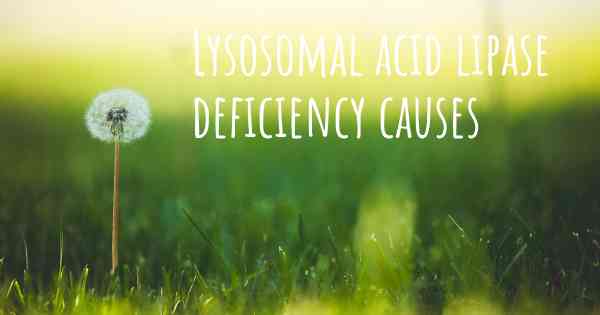
Lysosomal acid lipase deficiency (LAL-D) is a rare genetic disorder characterized by the deficiency or malfunction of the enzyme called lysosomal acid lipase (LAL). This enzyme is responsible for breaking down cholesterol esters and triglycerides within the lysosomes, which are cellular compartments involved in the digestion and recycling of various substances.
The causes of LAL-D can be attributed to mutations in the LIPA gene, which provides instructions for producing the LAL enzyme. These mutations can result in reduced or absent LAL activity, leading to the accumulation of cholesterol esters and triglycerides in various tissues and organs.
There are two main forms of LAL-D:
- Infantile form: This is the more severe form of LAL-D and typically presents within the first few months of life. It is caused by complete loss of LAL activity due to two non-functioning copies of the LIPA gene. Infants with this form often experience failure to thrive, hepatomegaly (enlarged liver), splenomegaly (enlarged spleen), and progressive liver disease. Without treatment, it can lead to liver failure and death within the first few years of life.
- Later-onset form: This form of LAL-D typically manifests in childhood, adolescence, or adulthood. It is caused by mutations that result in partial loss of LAL activity. The severity and age of onset can vary widely among affected individuals. Symptoms may include hepatomegaly, elevated liver enzymes, dyslipidemia (abnormal lipid levels), and liver fibrosis. In some cases, it can progress to cirrhosis and liver failure.
While LAL-D is a genetic disorder, it is inherited in an autosomal recessive manner. This means that an individual must inherit two copies of the mutated LIPA gene (one from each parent) to develop the disease. If both parents are carriers of a single mutated gene, each child has a 25% chance of inheriting two mutated copies and developing LAL-D.
It is important to note that not all individuals with LAL-D have a family history of the disease. In some cases, the mutations occur spontaneously in the affected individual and are not inherited from their parents.
Several risk factors may increase the likelihood of developing LAL-D:
- Family history: Having a sibling or parent with LAL-D increases the risk of inheriting the mutated LIPA gene.
- Consanguinity: When parents are closely related, such as being first cousins, the risk of inheriting autosomal recessive disorders like LAL-D is higher.
- Specific ethnic backgrounds: Certain populations, such as individuals of French-Canadian, Ashkenazi Jewish, or Saudi Arabian descent, have a higher prevalence of LAL-D.
In conclusion, Lysosomal acid lipase deficiency is primarily caused by mutations in the LIPA gene, resulting in reduced or absent LAL activity. The disease can manifest as the more severe infantile form or the later-onset form, with varying symptoms and age of onset. While LAL-D is a genetic disorder, it can also occur spontaneously without a family history. Understanding the causes and risk factors associated with LAL-D is crucial for early diagnosis and appropriate management of affected individuals.


